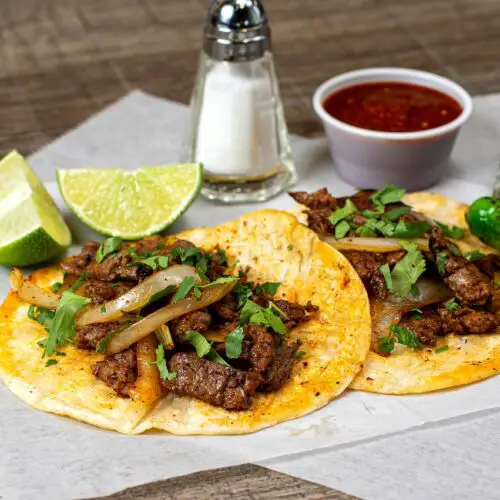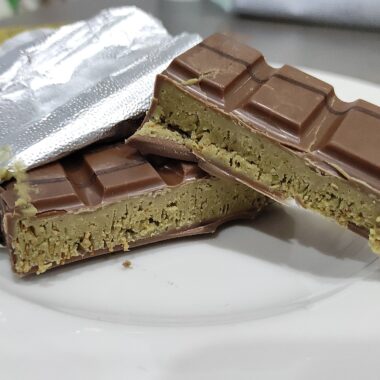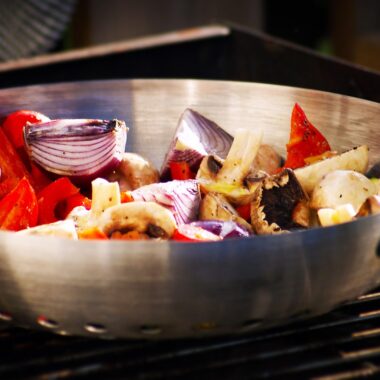Cooking is both an art and a science. While creativity plays a huge role in crafting delicious dishes, precision is just as important—especially when it comes to measurements. A small miscalculation can mean the difference between a fluffy cake and a dense one or a perfectly seasoned dish and an overly salty disaster.
Many home cooks make measurement mistakes without even realizing it, leading to inconsistent results. If you’ve ever followed a recipe but ended up with something that didn’t quite turn out as expected, chances are a measuring mishap was the culprit. Below, we’ll explore seven common measurement mistakes in cooking and how you can avoid them to ensure your dishes come out just right every time.
1. Not Using the Right Measuring Tools
The Mistake:
Using a single measuring cup for both dry and liquid ingredients is a common mistake. Dry and liquid measuring cups are designed differently, and using the wrong one can result in inaccurate amounts.
Why It Matters:
Liquid measuring cups typically have a spout and are designed to be filled to a marked line, allowing you to measure liquids accurately without spilling. Dry measuring cups, on the other hand, should be filled to the brim and leveled off for precise measurement. When you use a dry measuring cup for liquids, you might not get the exact volume needed, leading to imbalances in your recipe.
How to Avoid It:
- Use liquid measuring cups for water, milk, oil, and other liquids.
- Use dry measuring cups for flour, sugar, and other dry ingredients.
- Invest in a kitchen scale for the most precise measurements, especially for baking.
2. Scooping Flour Directly from the Bag
The Mistake:
Many people scoop flour directly from the bag using a measuring cup. This packs the flour into the cup, causing you to use more than needed.
Why It Matters:
When flour is packed down, you may end up with significantly more than the recipe calls for, resulting in dry, dense baked goods instead of light and airy textures.
How to Avoid It:
- Use the “spoon and level” method: Spoon the flour into a dry measuring cup and then level it off with a knife.
- Never tap or shake the cup to settle the flour.
- For the best accuracy, weigh your flour using a kitchen scale. One cup of flour should weigh about 120 grams (4.25 ounces).
3. Not Leveling Off Dry Ingredients
The Mistake:
If you don’t level off dry ingredients like flour, sugar, or baking powder, you could be adding too much or too little to your recipe.
Why It Matters:
A heaping cup of flour could mean an extra 20% or more in weight, which can throw off the chemistry of baked goods. Too much baking powder or baking soda can cause cakes to rise too quickly and then collapse.
How to Avoid It:
- Always use a flat-edged utensil (like the back of a knife) to level off dry ingredients when measuring.
- Never press down on dry ingredients unless the recipe specifically instructs you to do so (e.g., brown sugar).
4. Ignoring the Difference Between Weight and Volume
The Mistake:
Many home cooks assume that weight and volume measurements are interchangeable, but they are not. A cup of flour does not weigh the same as a cup of sugar.
Why It Matters:
Recipes that require precise measurements, like baking, often list ingredients by weight because it is the most accurate way to measure. Volume measurements can vary depending on how ingredients are packed or scooped.
How to Avoid It:
- Use a kitchen scale for the most accurate measurements.
- If a recipe provides both weight and volume, follow the weight measurements.
- If converting between the two, use a reliable conversion chart.
5. Not Measuring Liquids at Eye Level
The Mistake:
When measuring liquid ingredients, many people pour and read the measurement while holding the cup instead of placing it on a flat surface.
Why It Matters:
Holding the cup can tilt it slightly, leading to an inaccurate reading. This can be especially problematic in recipes that require precise liquid ratios, such as baking or cocktails.
How to Avoid It:
- Always place the measuring cup on a flat surface.
- Bend down to eye level to ensure you’re reading the measurement correctly.
- For small liquid amounts, use measuring spoons instead of trying to estimate in a larger cup.
6. Using the Wrong Measuring Spoon for Small Ingredients
The Mistake:
Eyeballing small amounts of ingredients like salt, baking soda, or vanilla extract instead of using proper measuring spoons can result in drastic changes in flavor or texture.
Why It Matters:
A little too much or too little of these ingredients can alter the outcome of a dish. For example, too much baking soda can cause baked goods to taste metallic, while too little can result in a cake that doesn’t rise properly.
How to Avoid It:
- Always level off measuring spoons with a knife for accuracy.
- Never estimate amounts, especially for potent ingredients like salt, baking powder, or spices.
- Use liquid measuring spoons for extracts and oils, as they can cling to the sides of dry spoons and result in a loss of ingredient volume.
7. Failing to Account for Ingredient Density
The Mistake:
Not all ingredients are created equal when it comes to density. For example, a cup of chopped nuts weighs significantly less than a cup of tightly packed brown sugar.
Why It Matters:
Failing to consider density can lead to inconsistent recipe results. Some ingredients need to be packed, while others should be loosely measured.
How to Avoid It:
- Pay attention to recipe instructions. If it says “packed brown sugar,” press it into the measuring cup. If it says “sifted flour,” sift it first before measuring.
- When in doubt, use a kitchen scale for the most accuracy.
- Learn the general weight of common ingredients to develop a better sense of portioning.
Final Tips for Accurate Measurements
- Invest in the right tools: A set of dry measuring cups, a liquid measuring cup, a kitchen scale, and measuring spoons are essentials for every kitchen.
- Read the recipe carefully: Some recipes specify whether an ingredient should be sifted before or after measuring. Follow these instructions to avoid unnecessary mistakes.
- Practice good measuring habits: Whether you’re baking or cooking, measuring correctly will ensure your dishes come out consistently delicious.
- Convert wisely: If you need to convert measurements, use a trusted conversion chart instead of estimating.
By avoiding these common measurement mistakes, you’ll be able to create dishes with better consistency, texture, and flavor. Whether you’re an experienced home cook or just starting your culinary journey, precision in measurement will elevate your cooking and baking results. Happy cooking! 🍳🎂


















